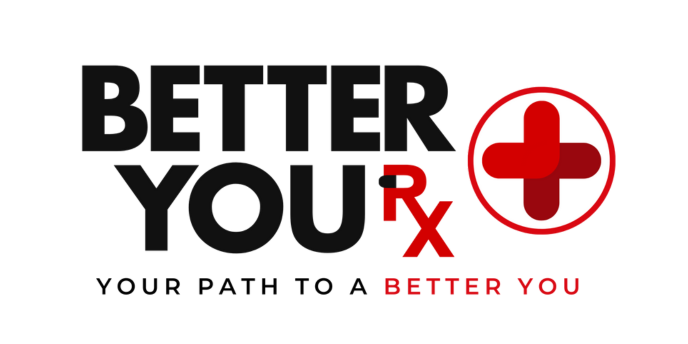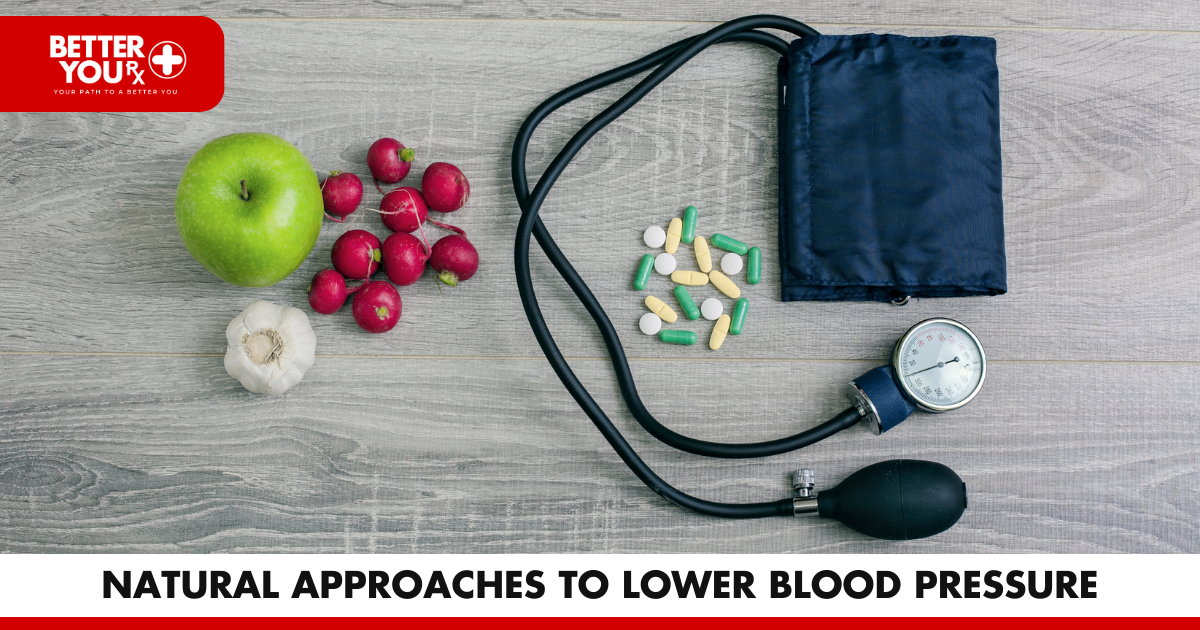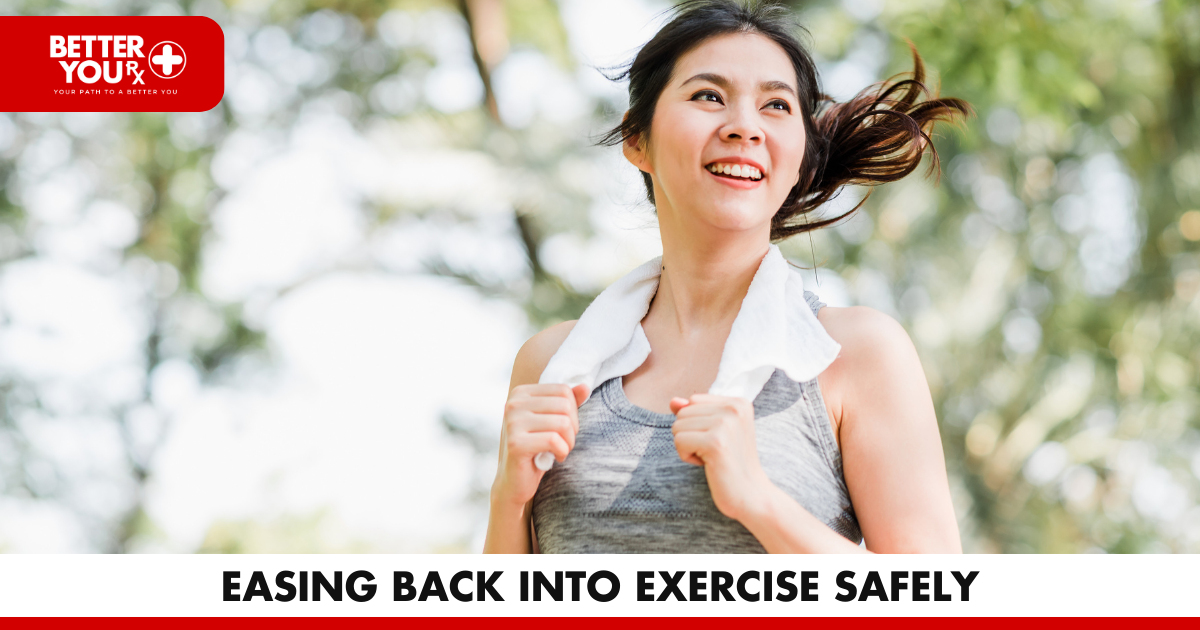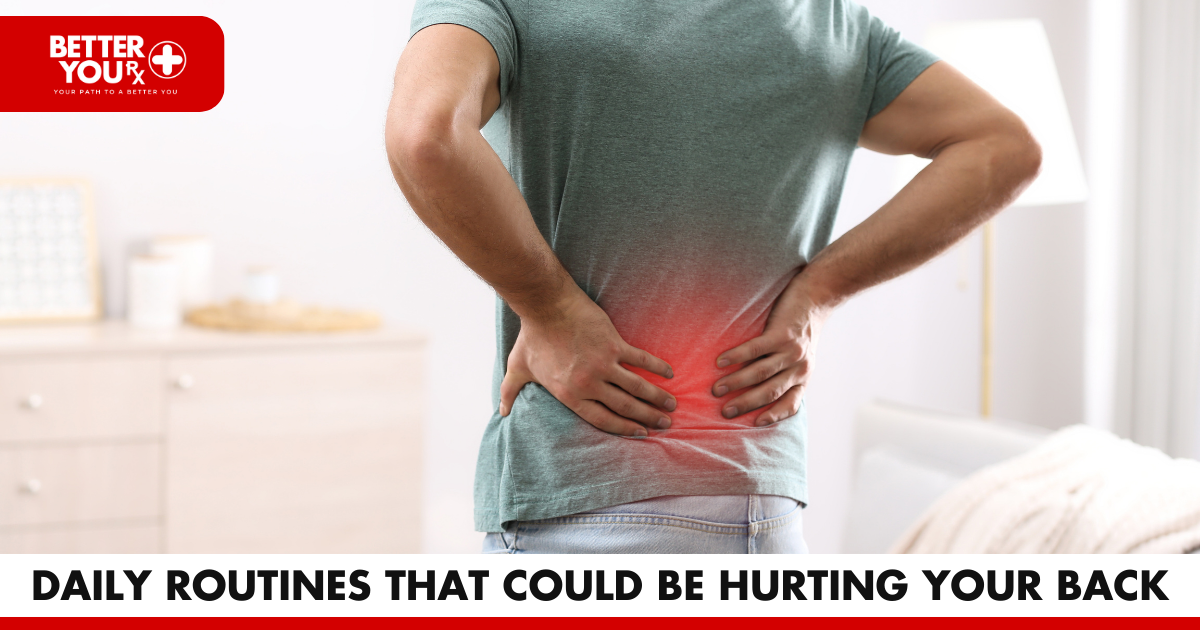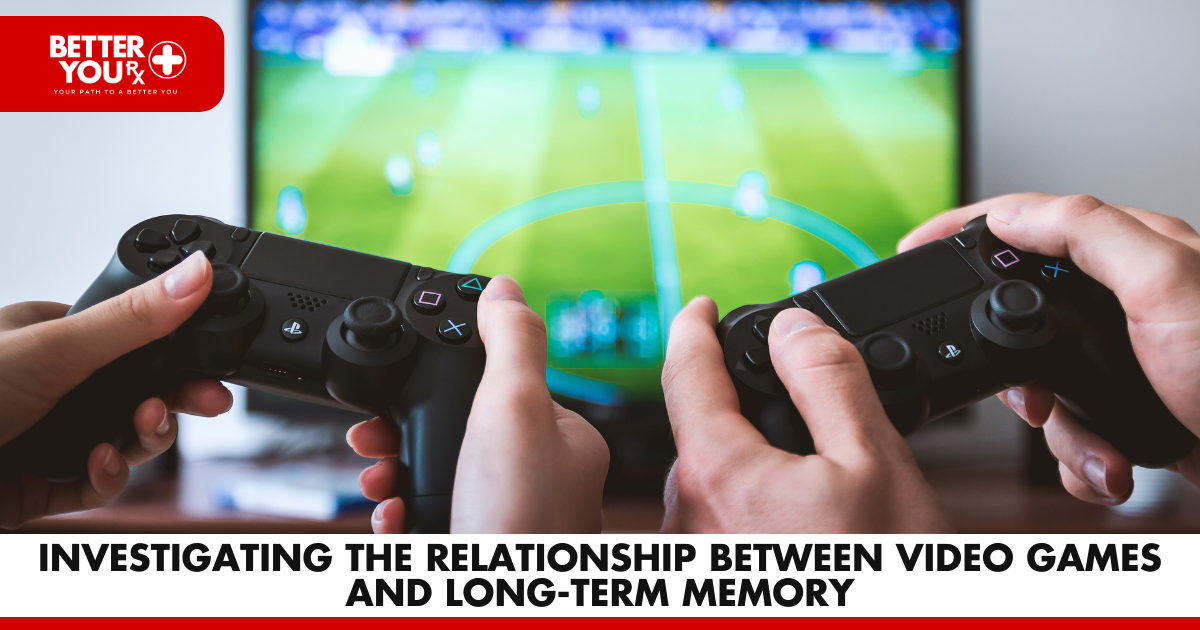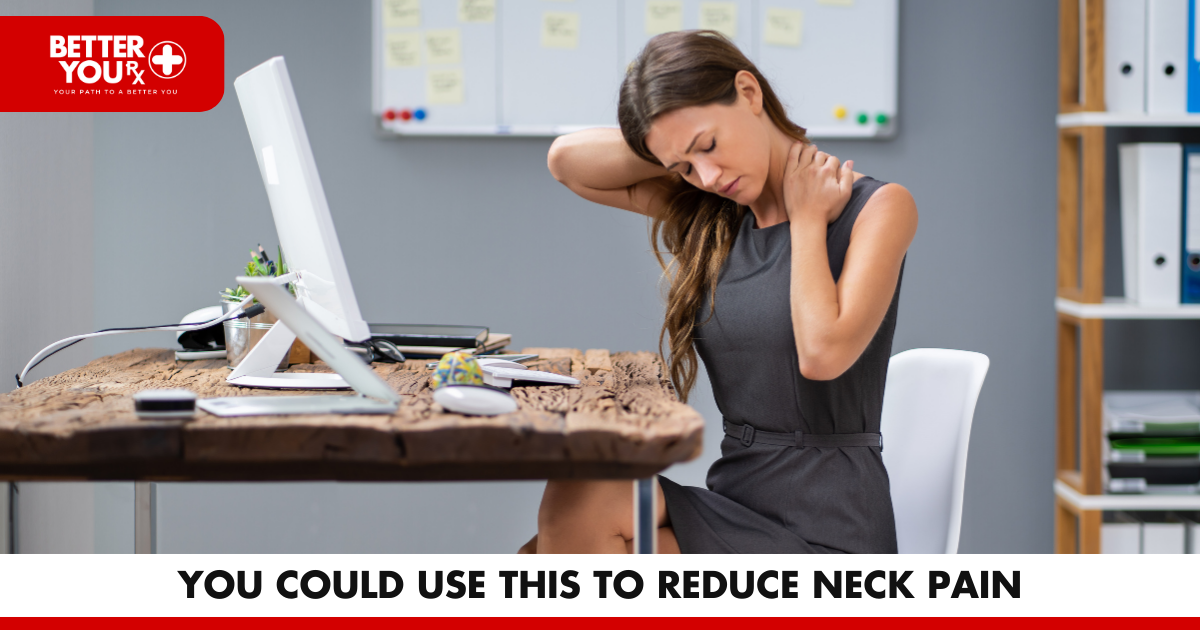Natural Approaches to Lower Blood Pressure
Understanding the impact of high blood pressure on your overall health is crucial if you receive a high blood pressure reading. Elevated blood pressure increases the risk of various health complications like stroke, aneurysms, and kidney failure. In fact, it is a leading cause of nearly 500,000 deaths annually.
According to the Centers for Disease Control, only about 26% of Americans with high blood pressure manage to keep it under control. Regularly monitoring blood pressure and taking appropriate measures to lower it when necessary is vital for maintaining good health.
- Unraveling High Blood Pressure:
High blood pressure refers to the force exerted by blood against artery walls as it travels from the heart to other parts of the body. While blood pressure levels may fluctuate throughout the day, persistent elevation leads to high blood pressure.
Blood pressure is measured in two ways: systolic and diastolic. Systolic measures pressure during heartbeats, while diastolic measures pressure between heartbeats. According to the American Heart Association and the American College of Cardiology, a reading of at least 130/80 mmHg is considered high blood pressure.
- Treatment Approaches for High Blood Pressure:
Medications are commonly prescribed for high blood pressure management, but lifestyle modifications can also be effective. Renowned Dietician Jannelia suggests that a healthy lifestyle can naturally lower blood pressure. Engaging in physical activity and consuming a balanced diet can lead to significant improvements without the need for medication.
While some medications relax blood vessels, adopting a healthy lifestyle helps reduce nerve activity and lessen the force exerted by the heart. Although medications can be beneficial, they might also entail side effects like dizziness and nausea.
Given these concerns, an increasing number of individuals seek natural remedies for high blood pressure management.
Natural Methods to Lower Blood Pressure Without Medication:
- Stay Active: Regular exercise has been proven to be as effective as medication in reducing blood pressure. Experts recommend engaging in 30 minutes of moderate-intensity exercise daily for optimal results. Physical activity not only lowers blood pressure but also aids in weight management without the undesirable side effects associated with drugs.
- Reduce Sodium Intake: Processed and prepared foods have contributed to increased sodium consumption worldwide. Lowering salt levels in food has become a public health priority, as excessive salt intake has been linked to heart issues and high blood pressure. Individual reactions to processed sodium can vary, and if blood pressure is already elevated, reducing sodium intake is essential. Experiment with fresh herbs and spices as alternatives to salt in your diet.
- Embrace Relaxation Techniques: Excessive stress can adversely affect health, including blood pressure. Incorporating stress-relieving activities such as yoga, tai chi, and meditation can help manage blood pressure. These techniques effectively reduce stress hormones, promoting overall well-being.
- Adopt the DASH Diet: The DASH Diet, a component of the Mediterranean diet, is renowned for its blood pressure-lowering benefits without medication. Comprising low-fat dairy, fruits, vegetables, and whole grains, the DASH Diet limits daily sodium intake to 1,500 milligrams.
- Increase Potassium Intake: Diets high in fat, processed foods, and low in potassium can contribute to high blood pressure. Ideal daily potassium intake is around 3,500 milligrams, but those with kidney disease should exercise caution. Before making significant dietary changes or considering supplements, consult a doctor.
- Indulge in Dark Chocolate: Dark chocolate, rich in flavanols, can enhance blood flow and lower blood pressure. Consumption of around 10% cocoa per day is recommended. While dark chocolate cannot be the primary strategy for managing high blood pressure, it can be a healthy occasional treat.
- Limit Alcohol Consumption: Excessive alcohol intake can raise blood pressure, but moderate consumption (up to one drink per day) has been associated with reduced risk of high blood pressure.
- Drink Tea Regularly: Drinking three cups of tea daily has been shown to lower blood pressure. Green tea, in particular, has demonstrated a positive effect on blood pressure over time.
- Opt for Decaf Coffee: Excessive coffee intake (over two cups per day) can temporarily raise blood pressure due to stress. Opt for decaf coffee or limit coffee consumption for better blood pressure management.
- Prioritize Rest and Relaxation: Working long hours and overtime can raise the risk of high blood pressure. Make time for relaxation and stress reduction after work hours to promote overall health.
- Manage Stress: High stress levels can lead to increased blood pressure. Incorporate activities like listening to relaxing music, taking a hot bath, going for walks, or reading to manage stress and blood pressure.
- Quit Smoking: Smoking can cause temporary spikes in blood pressure and increase heart rate. Quitting smoking significantly improves overall health and reduces blood pressure-related risks.
- Address Sleep Apnea: Sleep apnea, characterized by frequent, loud snoring, can elevate blood pressure. Managing sleep apnea through proper treatment may help reduce blood pressure levels.
- Consider Fermented Foods: Consuming fermented foods like sauerkraut and kimchi has been associated with a moderate reduction in blood pressure among individuals with sleep apnea.
- Boost Protein Intake: A high-protein diet has been linked to a lower risk of high blood pressure. Incorporating regular fiber into the diet has also shown to reduce the risk. Some high-protein foods to include are eggs, fish, nuts, cheese, chickpeas, and chicken breast.
Incorporating these natural approaches into your lifestyle can promote better blood pressure management and overall well-being. Remember, always consult a healthcare professional before making significant changes to your diet or lifestyle. Lowering blood pressure naturally can significantly improve your health and reduce the risk of related complications.
Discover the ultimate online pharmacy experience with Better You Rx – your ideal pharmacy partner! We’ve carefully selected the finest pharmacies to team up with, ensuring you receive top-notch service and a wide range of products. Say goodbye to the hassle of finding the perfect online pharmacy, and say hello to Better You Rx, your one-stop solution for all your health and wellness needs! Visit our website https://betteryourx.com/
